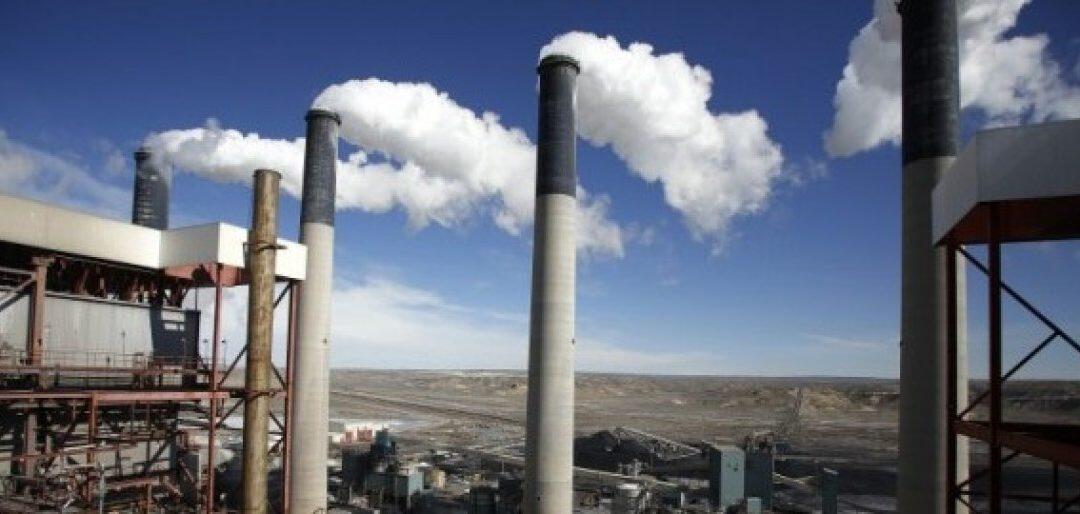The Environmental Protection Agency (EPA) is forcing two Utah coal plant to install costly emissions control equipment in order to comply with regulations aimed at improving people’s views of national parks.
Rocky Mountain Power, the company that owns the power plants targeted by EPA, says it will cost $700 million to upgrade the 1970s-era coal plants. The company has already spent millions putting pollution controls on the plants, and now has to pay even more to comply with a regulation that’s meant to target visibility at national parks, not public health.
It’s not even clear if EPA’s plan to improve visibility will work. The agency says the costly plant upgrades will improve visibility by three “deciviews.” Each deciview only represents a small, and maybe perceivable, change in visibility.
EPA’s decision comes just months after the Supreme Court issued a stay against the agency’s so-called Clean Power Plan — a regulation forcing states to cut carbon dioxide emissions from power plant. Utah joined 26 other states in suing the EPA over the CPP, and the state has also suspended doing any work on the rule.
Utah’s got a good reason to challenge the CPP. The state relies on coal power for more than 70 percent of its electricity needs and is home to six operating power plants, according to federal energy data. The CPP requires Utah to reduce CO2 emissions from power plants 34 percent by 2030.
“While the stay is no guarantee that the Supreme Court will eventually rule against the EPA, I believe the decision recognizes the dramatic impact the rule would have on our state,” Utah Attorney General Sean Reyes said after the Supreme Court issued its stay in February.
“We all want better air quality and a healthy environment for our families and future generations, but not by bypassing Congress, violating the Clean Air Act and ignoring meaningful input by the states,” he said.
But while Utah resists complying with the CPP, the EPA is forcing two in-state power plants to cut nitrogen oxide emissions by about 10,000 tons per year.
“EPA is taking action to cut harmful haze pollution at some of our nation’s most treasured and popular national parks,” EPA Region 8 administrator Shaun McGrath said in a statement Tuesday.
“The steps included in this plan will rely on proven, widely used pollution control strategies used at power plants across the country, protect public health, and improve visibility for those who visit our western parks for years to come,” McGrath added.
State officials disagreed with EPA and argued their plan for reducing regional haze would be more cost-effective than a federally-imposed plan. But EPA decided to only partially accept Utah’s plan for reducing haze and are cracking down on two coal plants.
Utah officials, however, have reason to be worried about a federal plan to address regional haze. Will Yeatman, a senior fellow at the libertarian Competitive Enterprise Institute, has been following EPA’s haze regulations for years and has argued they cost a lot of money, but yield few benefits.
“According to peer-reviewed research, it would require an improvement of five to ten deciviews in order for the average person to perceive the difference in visibility with certainty, depending on conditions,” Yeatman told Congress in March.
“With this referent in mind, consider the fact that in December of 2015, the EPA imposed a federal plan on Texas that would entail almost $2 billion in compliance costs in order to achieve a maximum visibility benefit of about .5 deciviews,” he said. “Peer-reviewed science tells us there is a mere ten percent probability that the average person would detect this difference, which is the justification for nearly $2 billion in compliance costs.”
Source: daily Caller (Micheal Bastasch).











